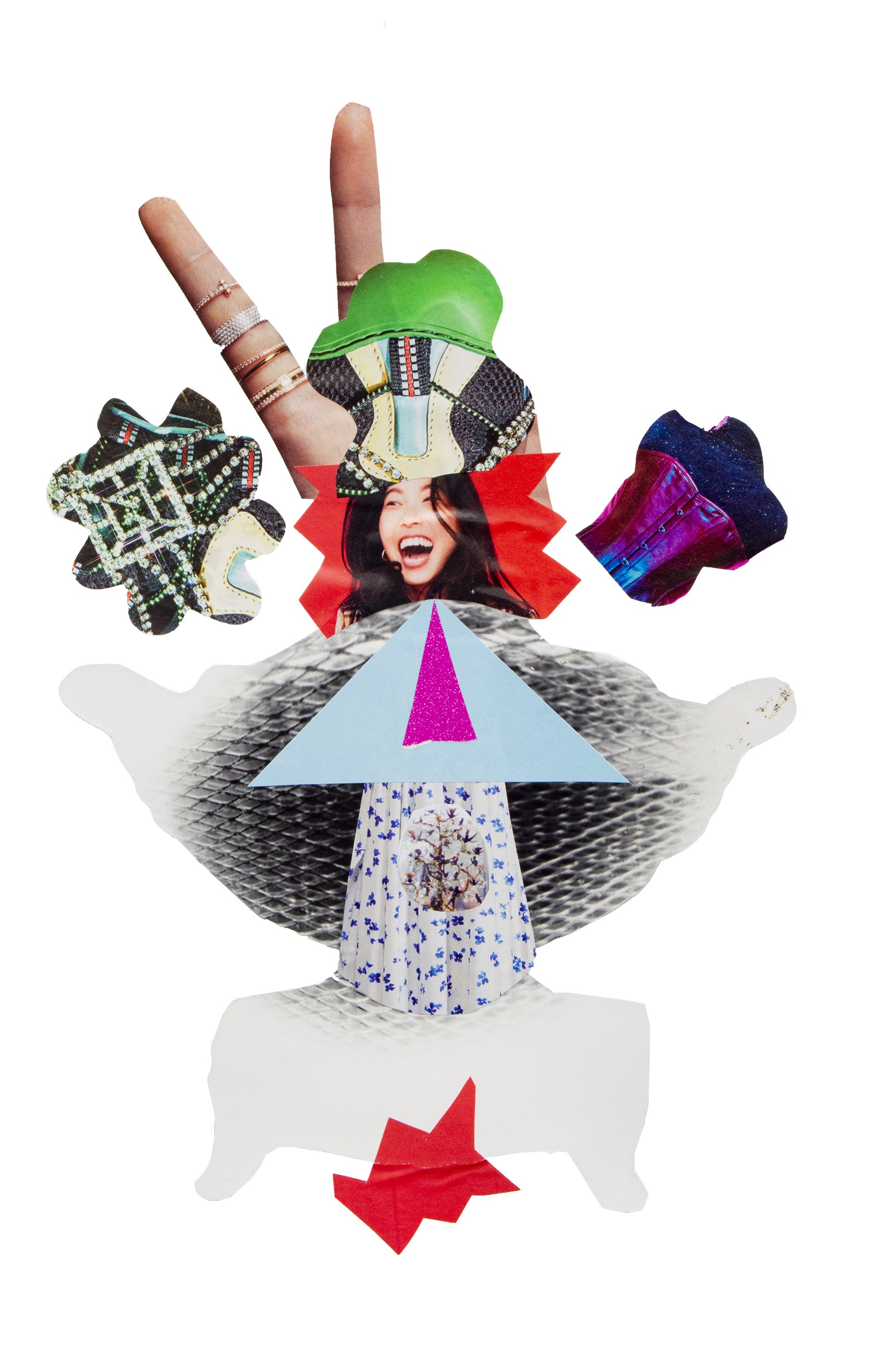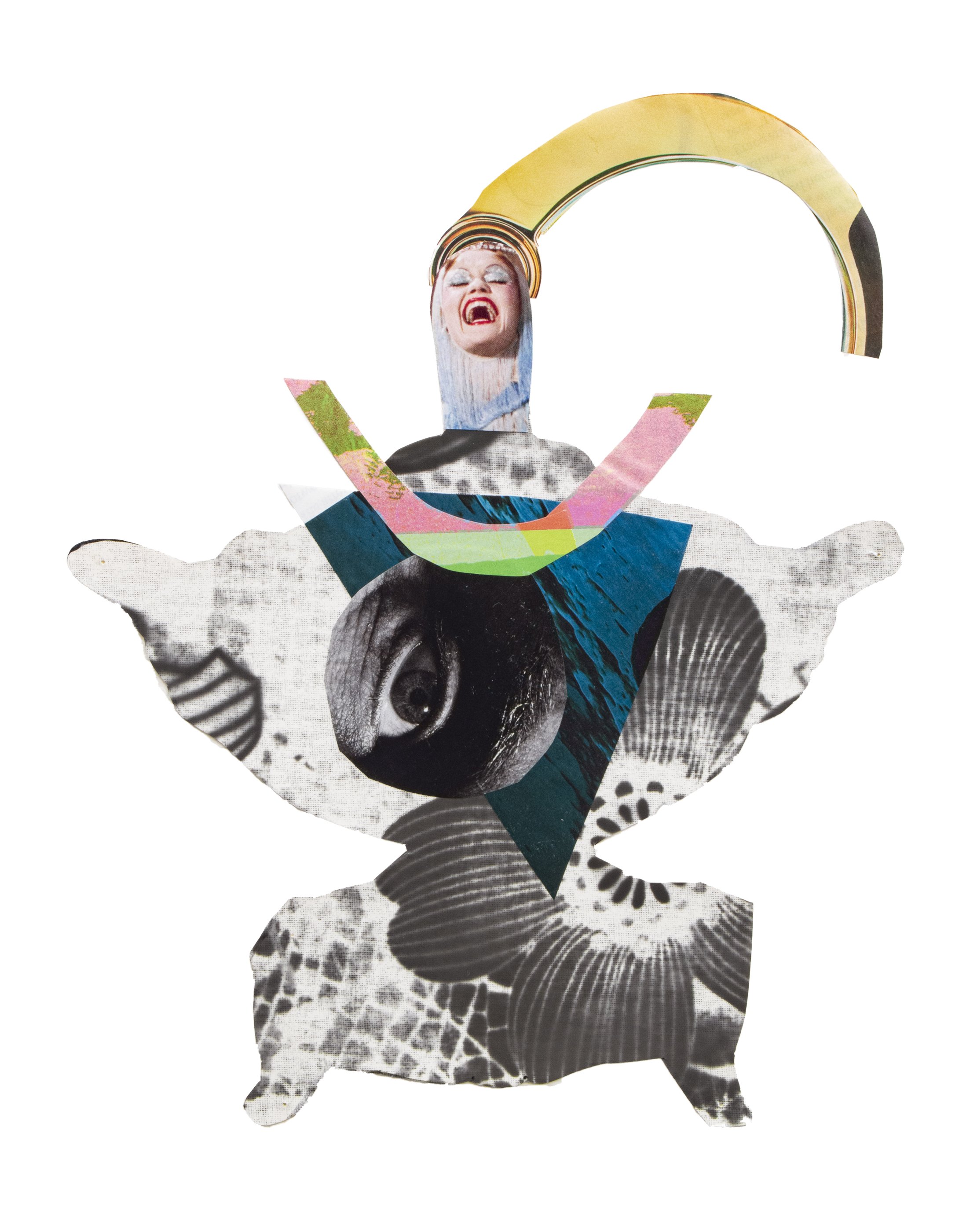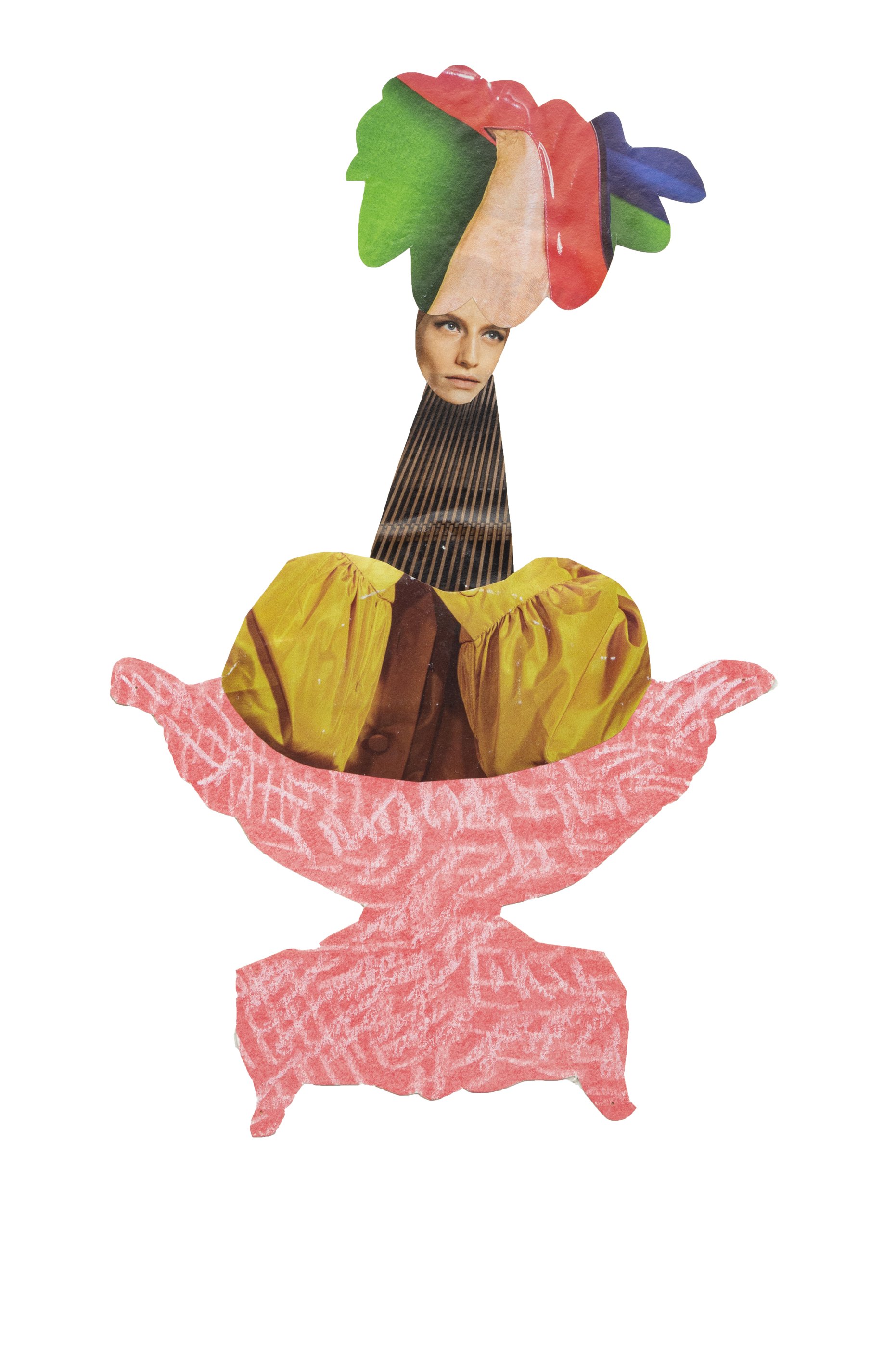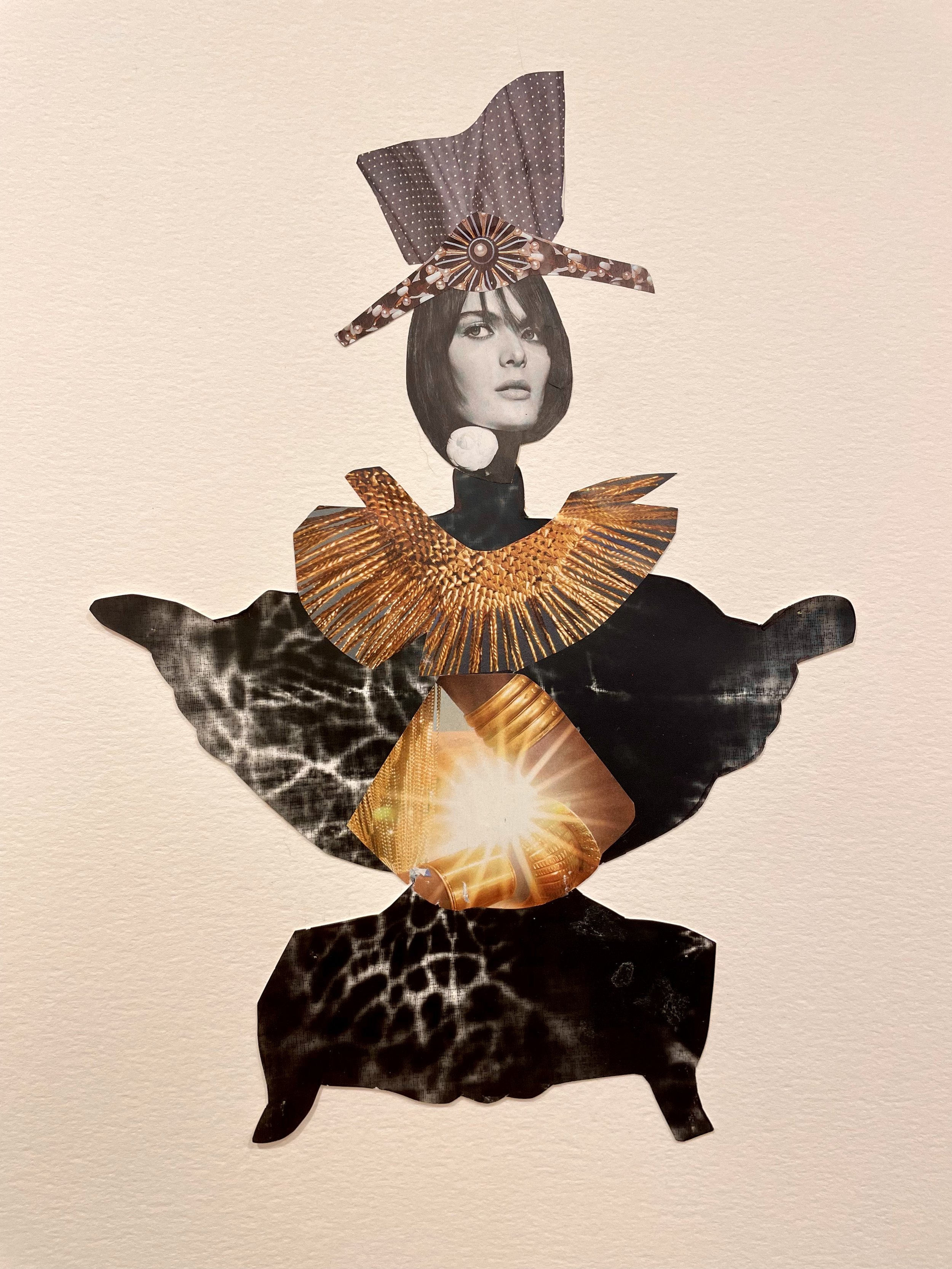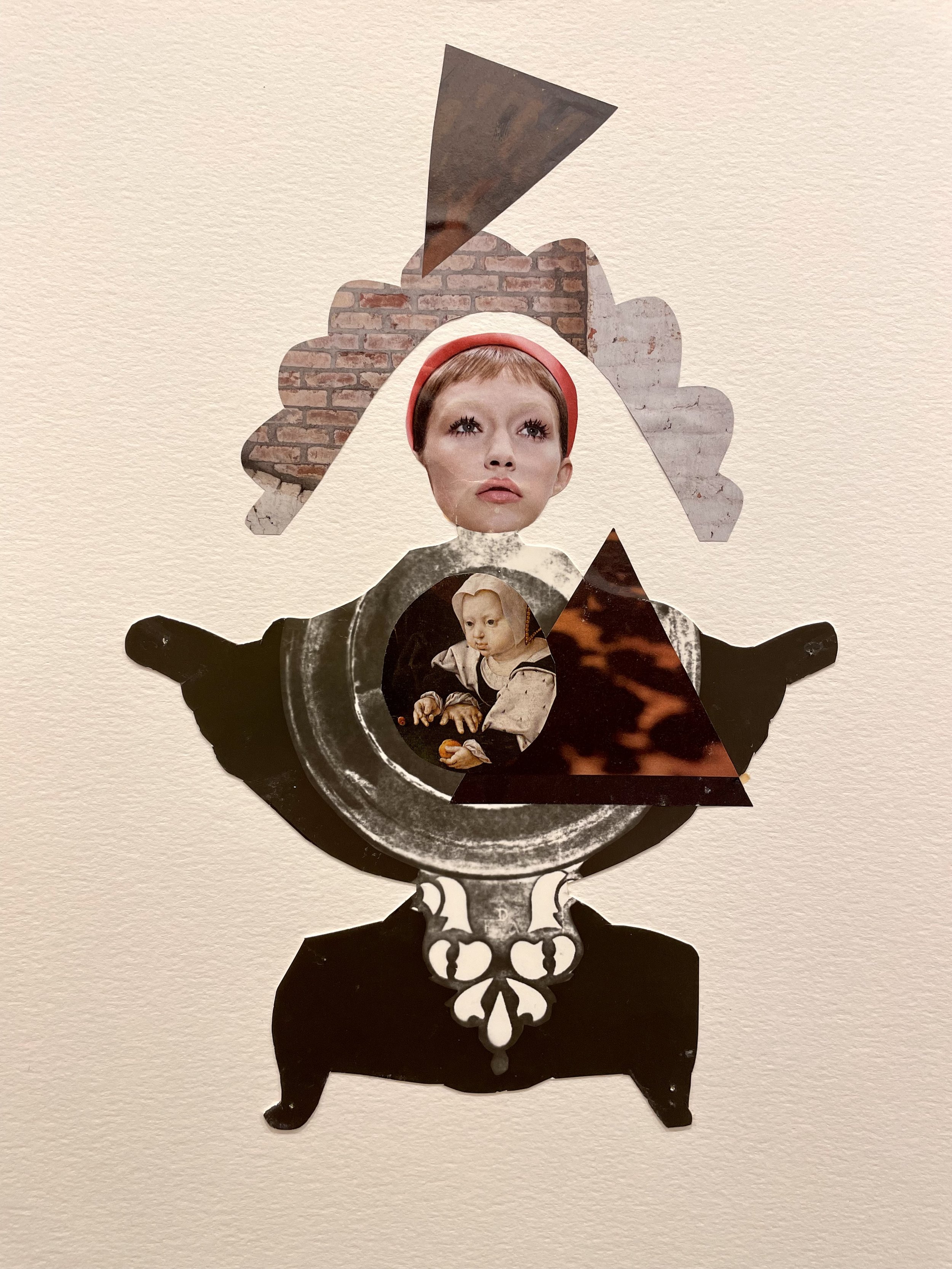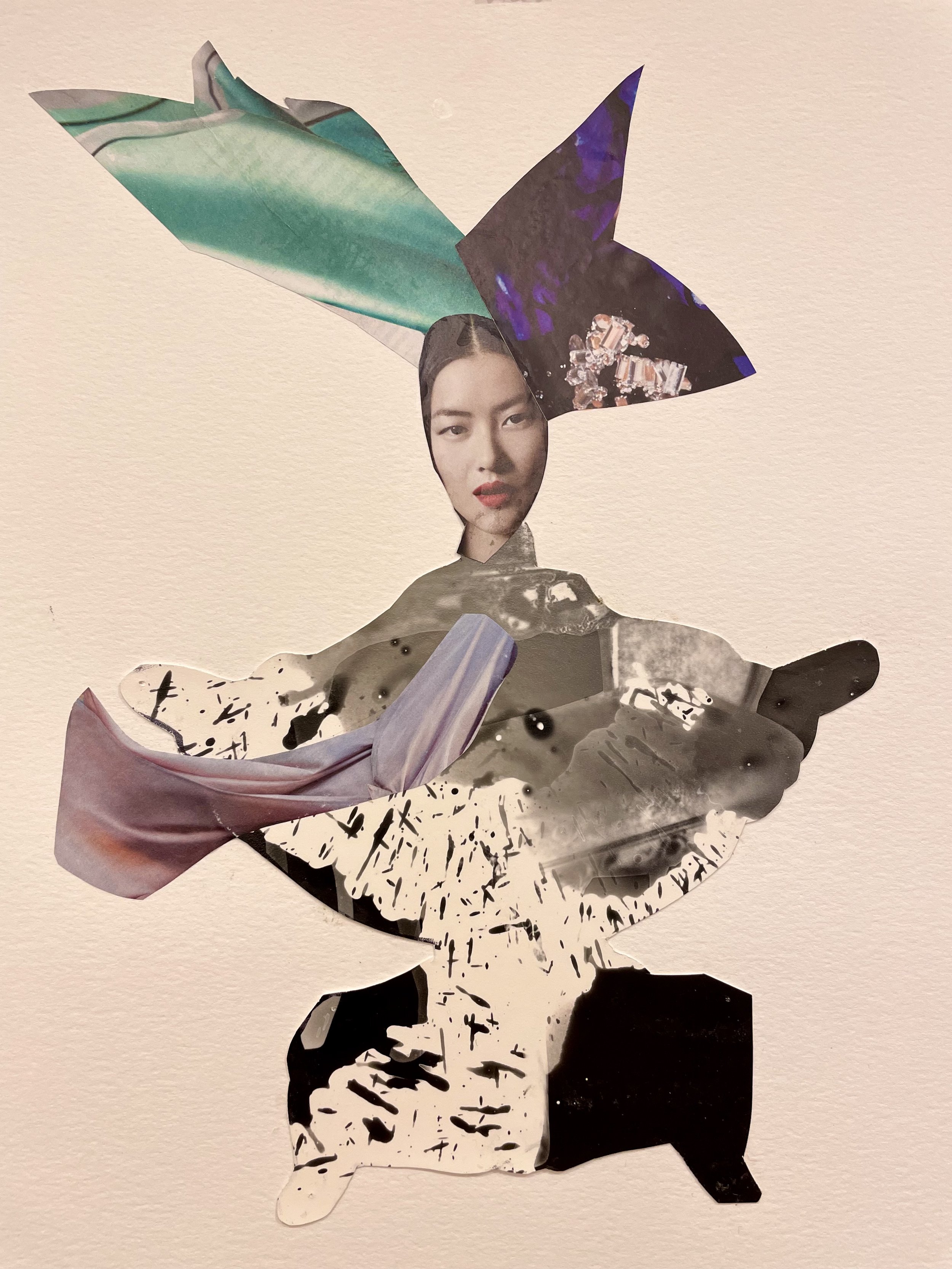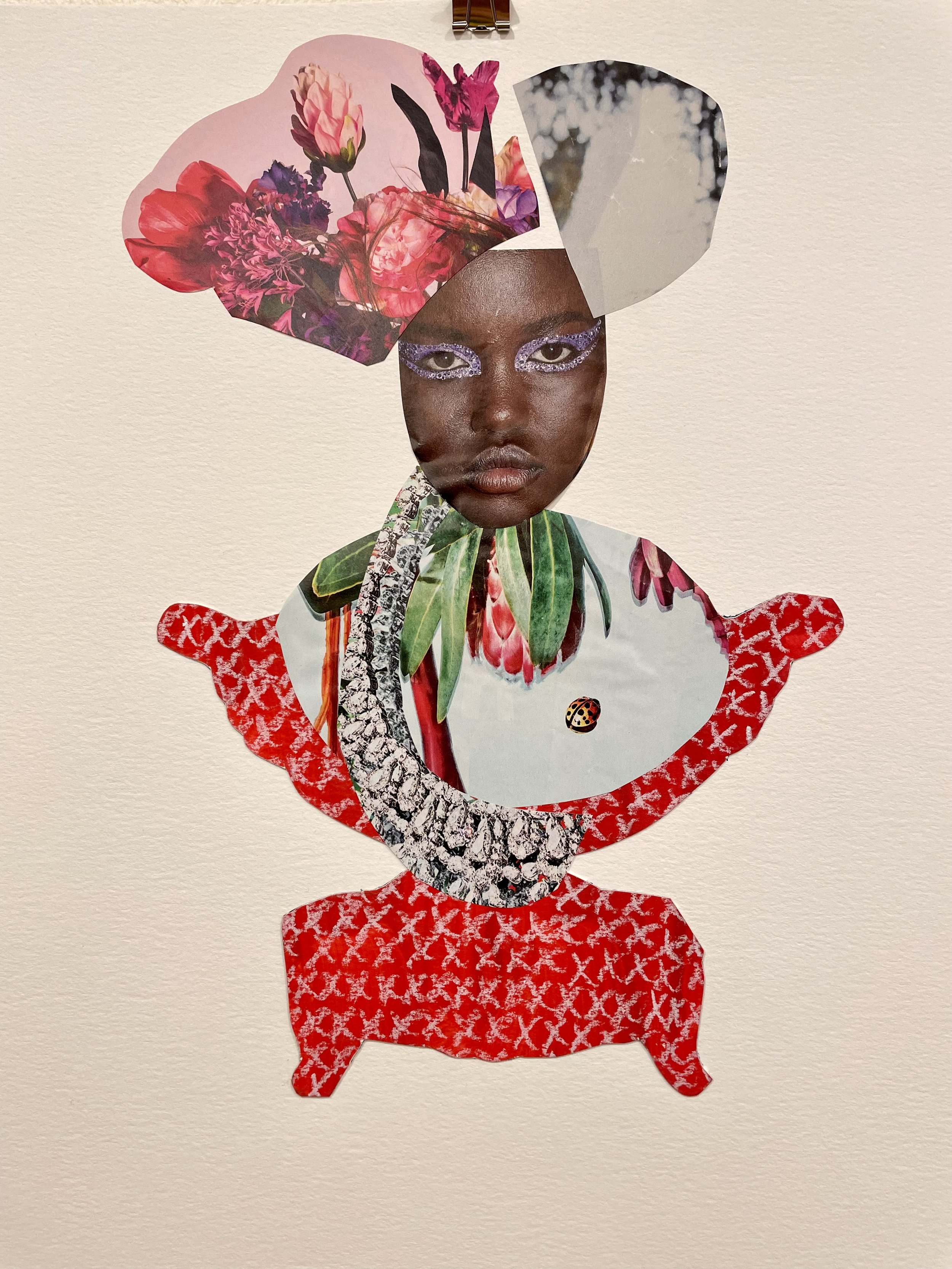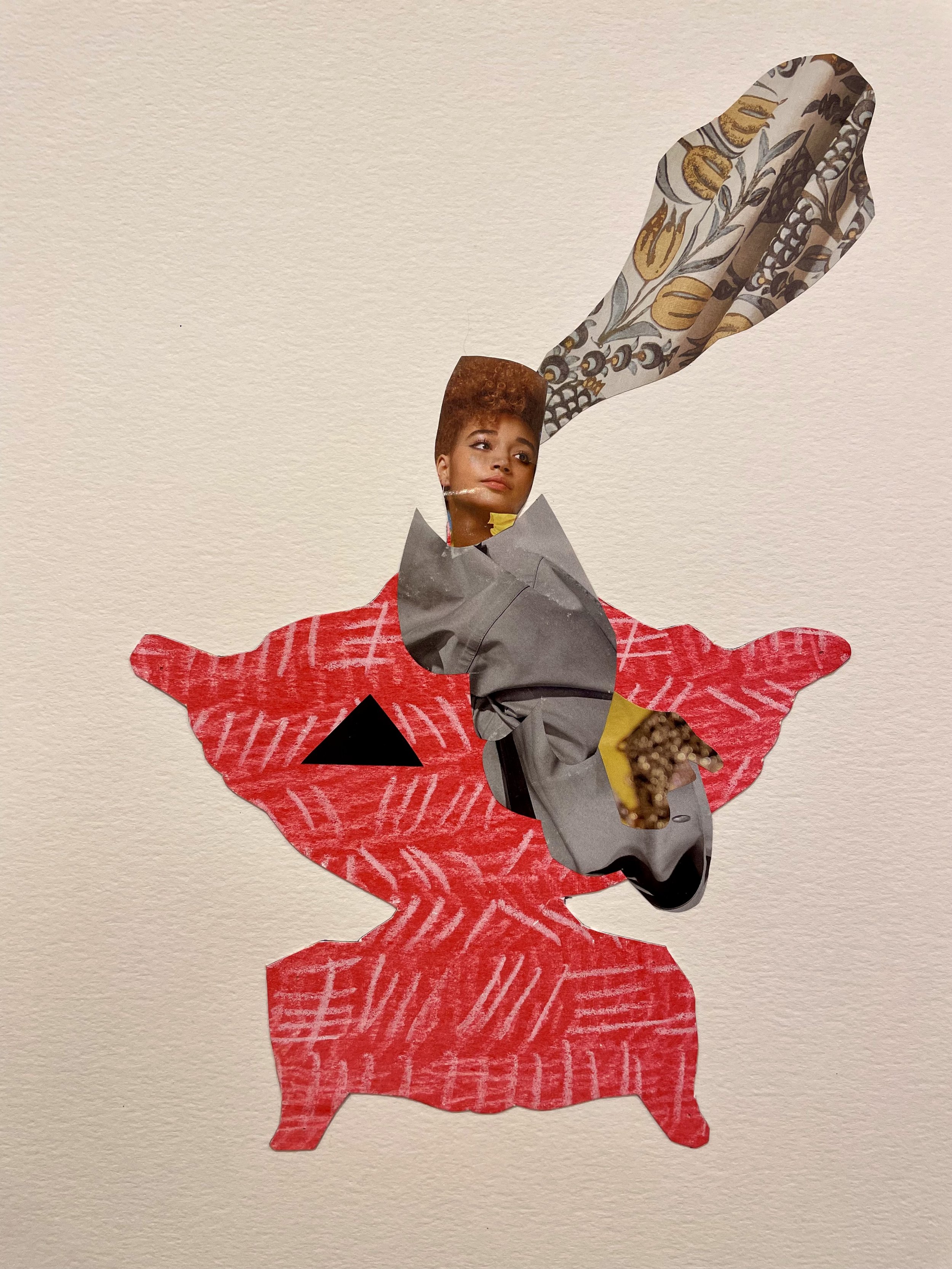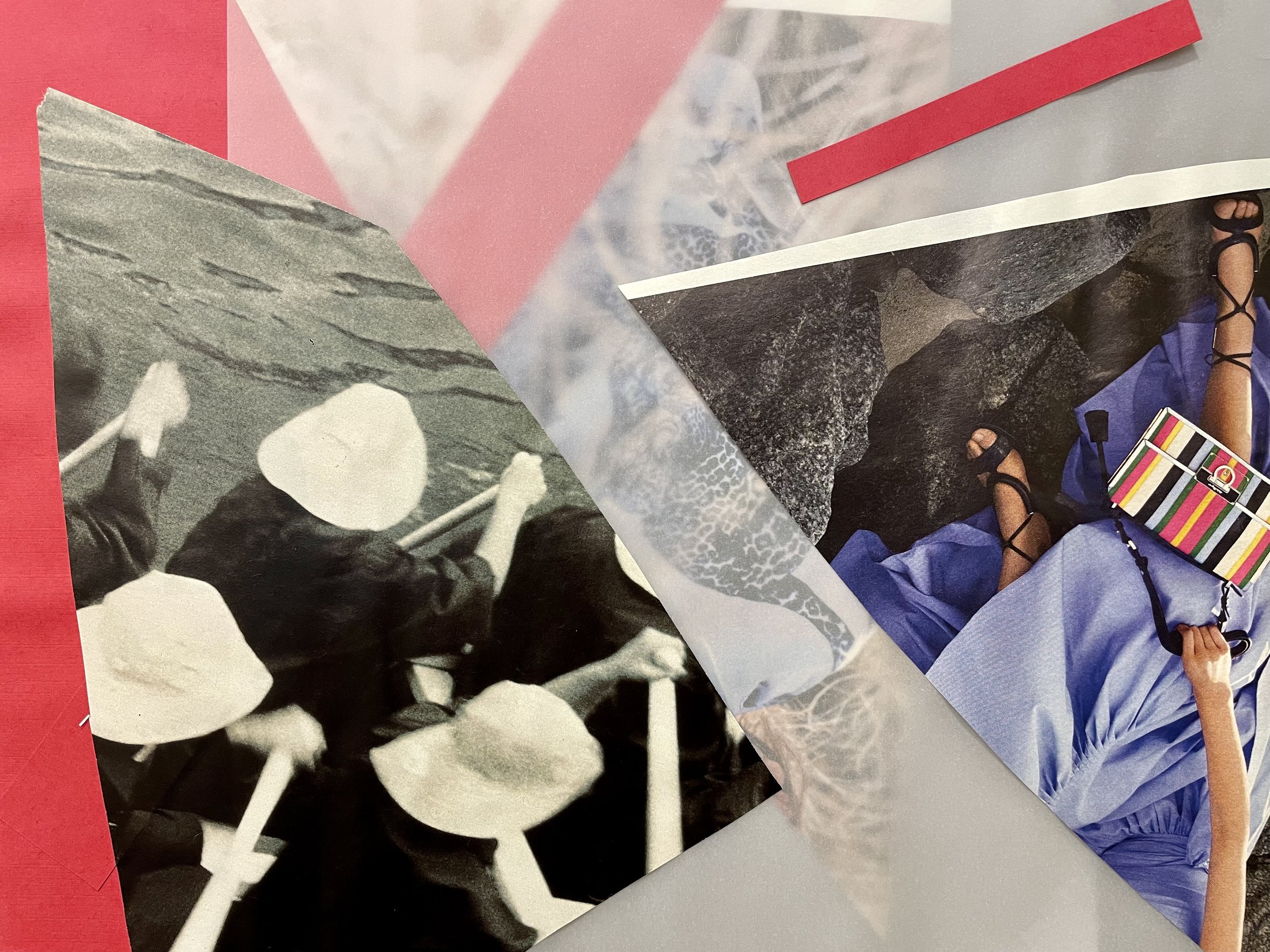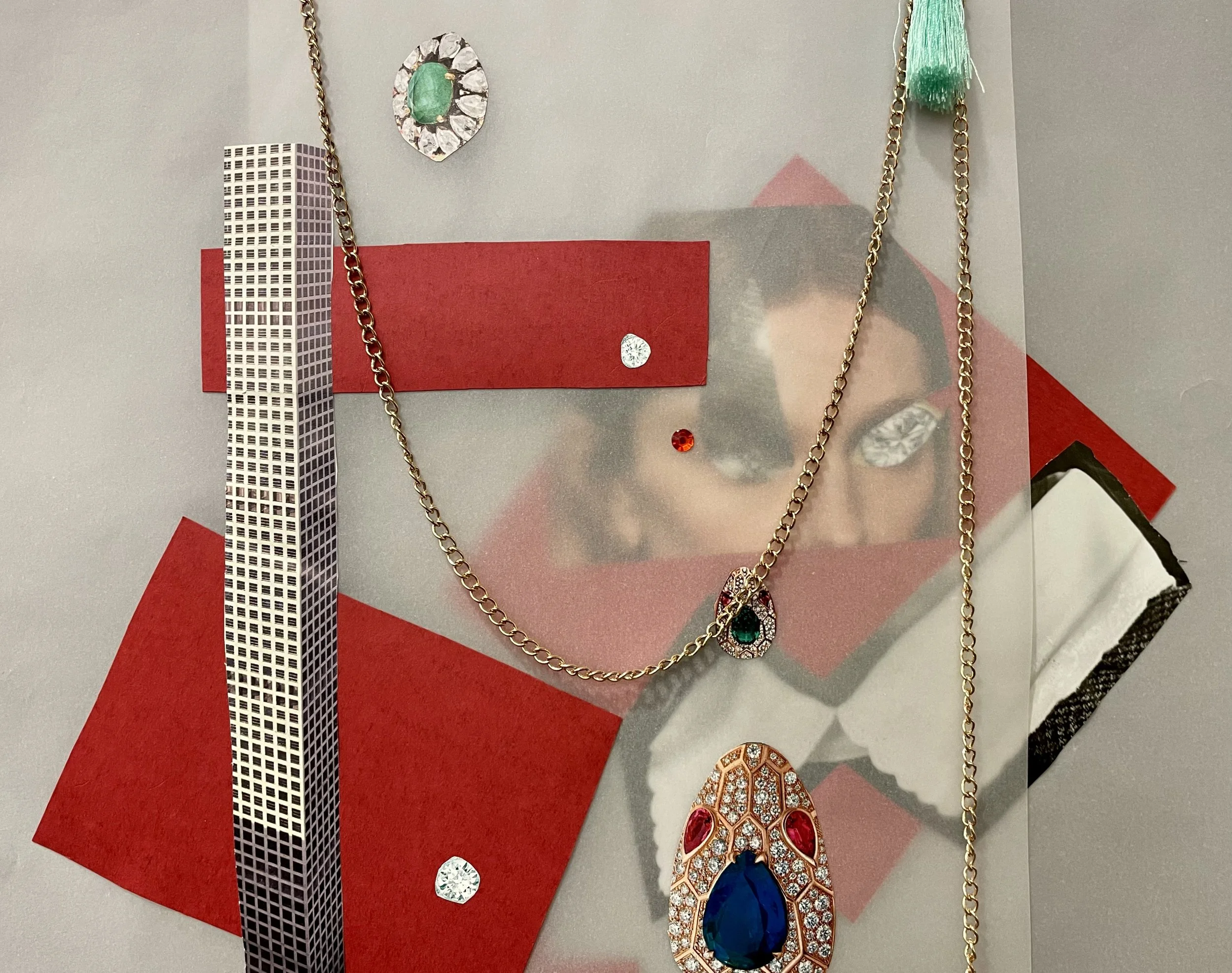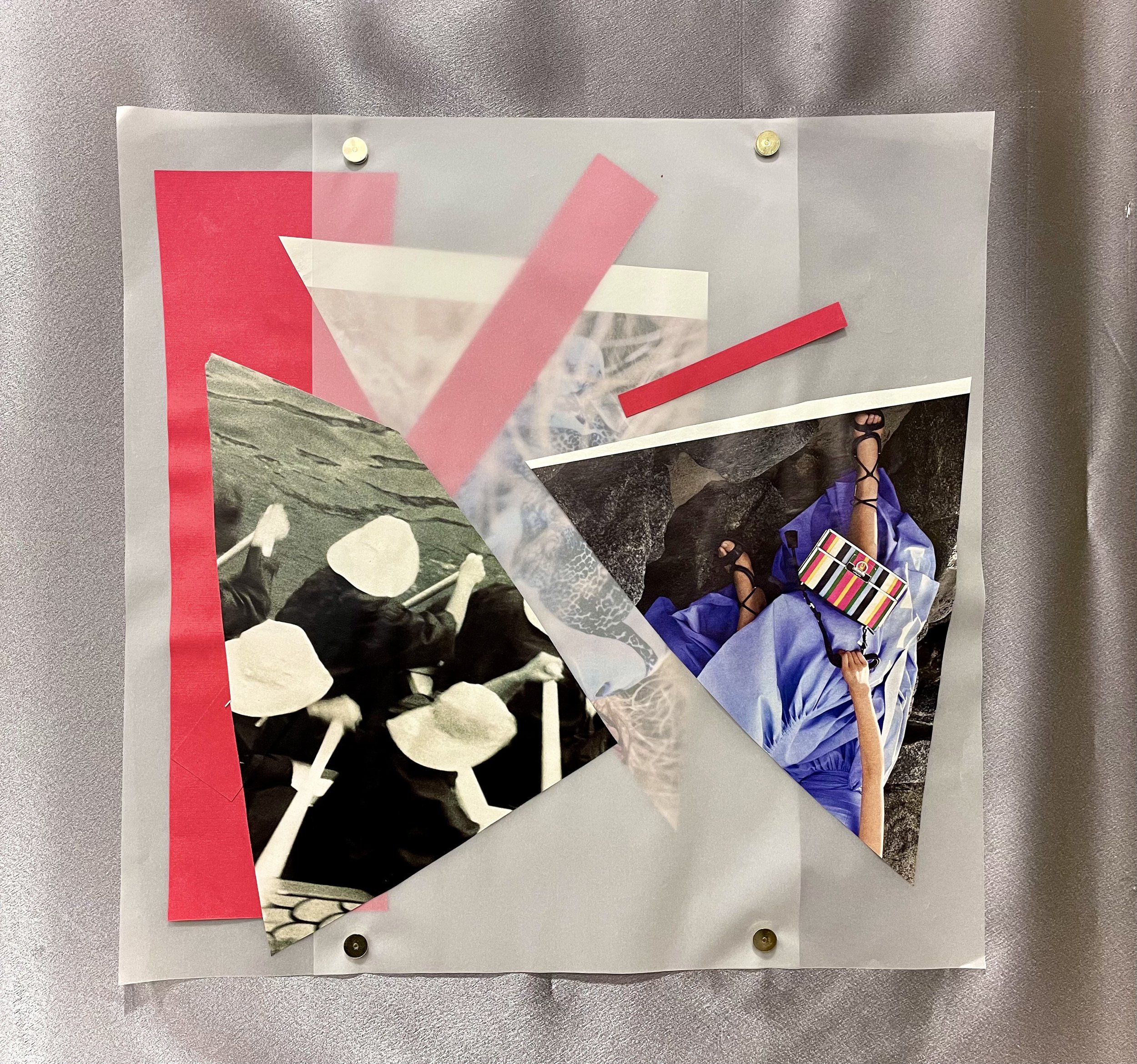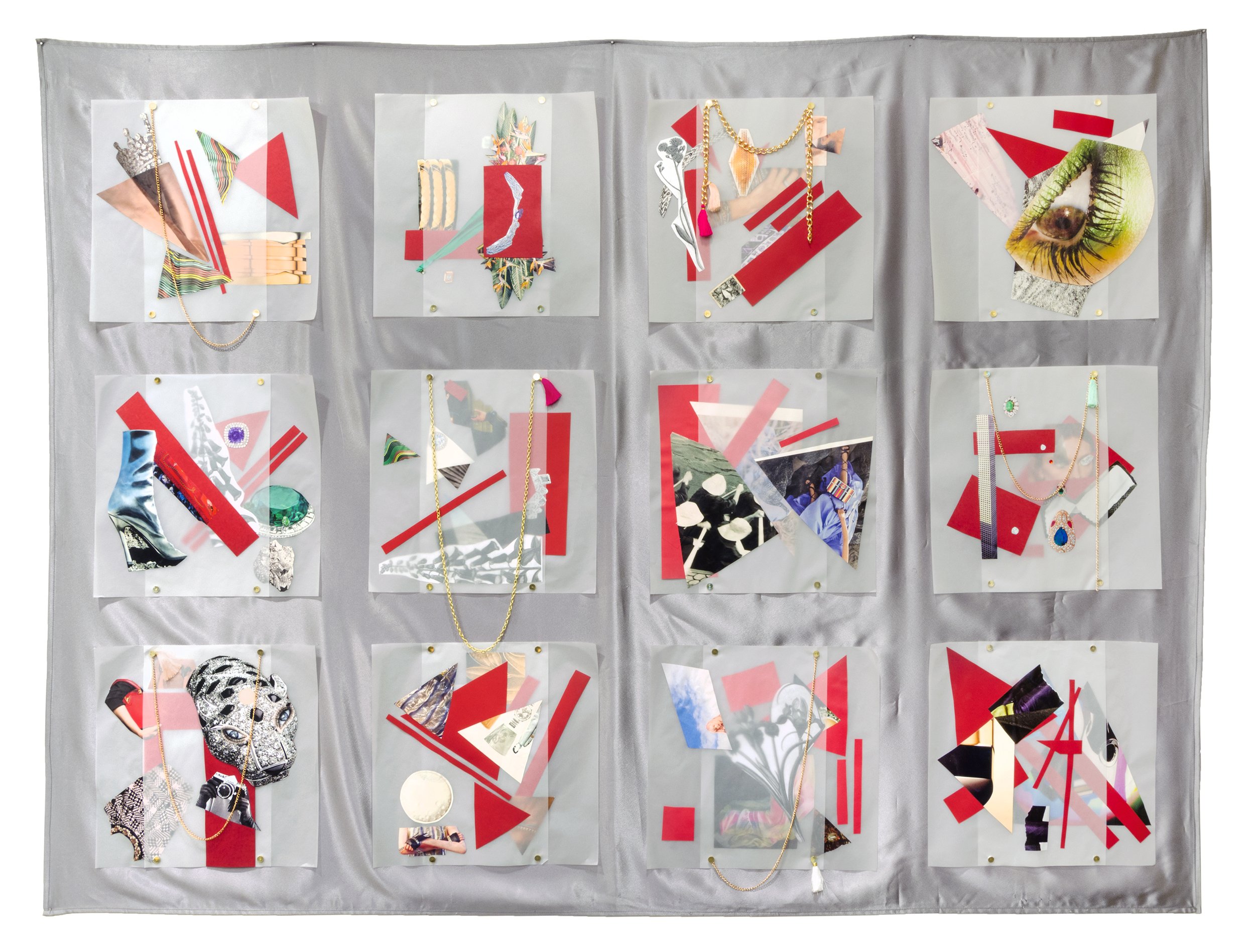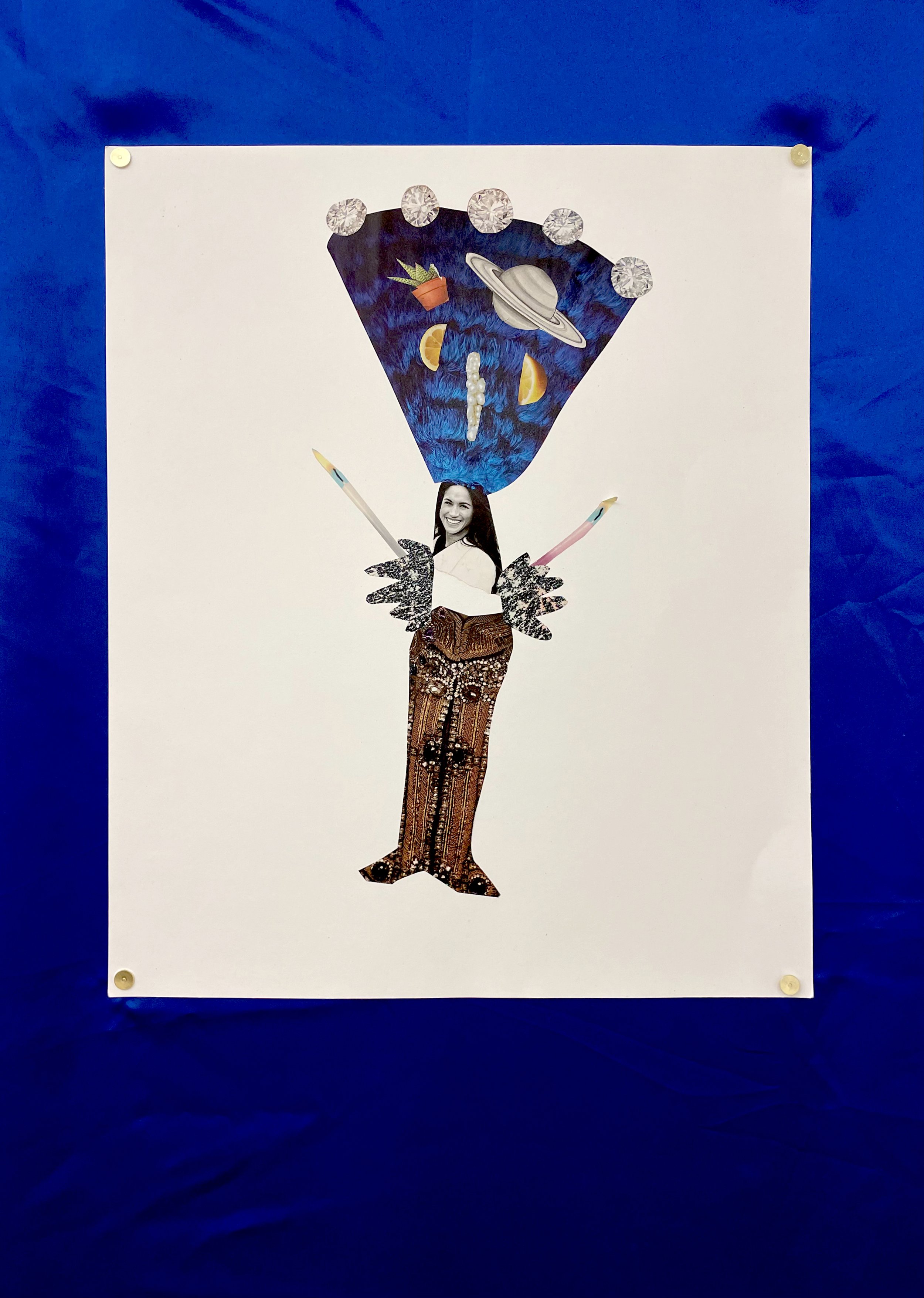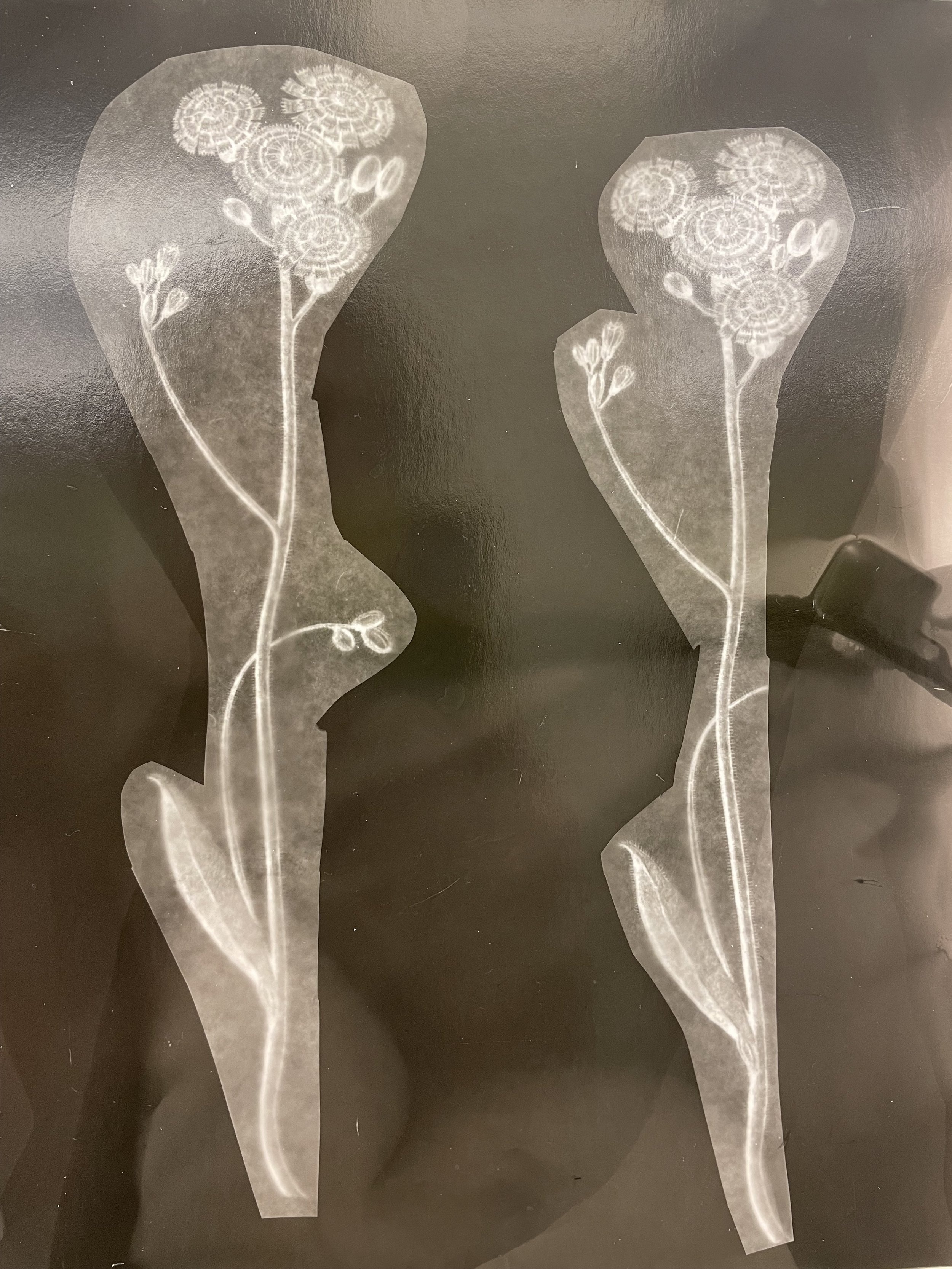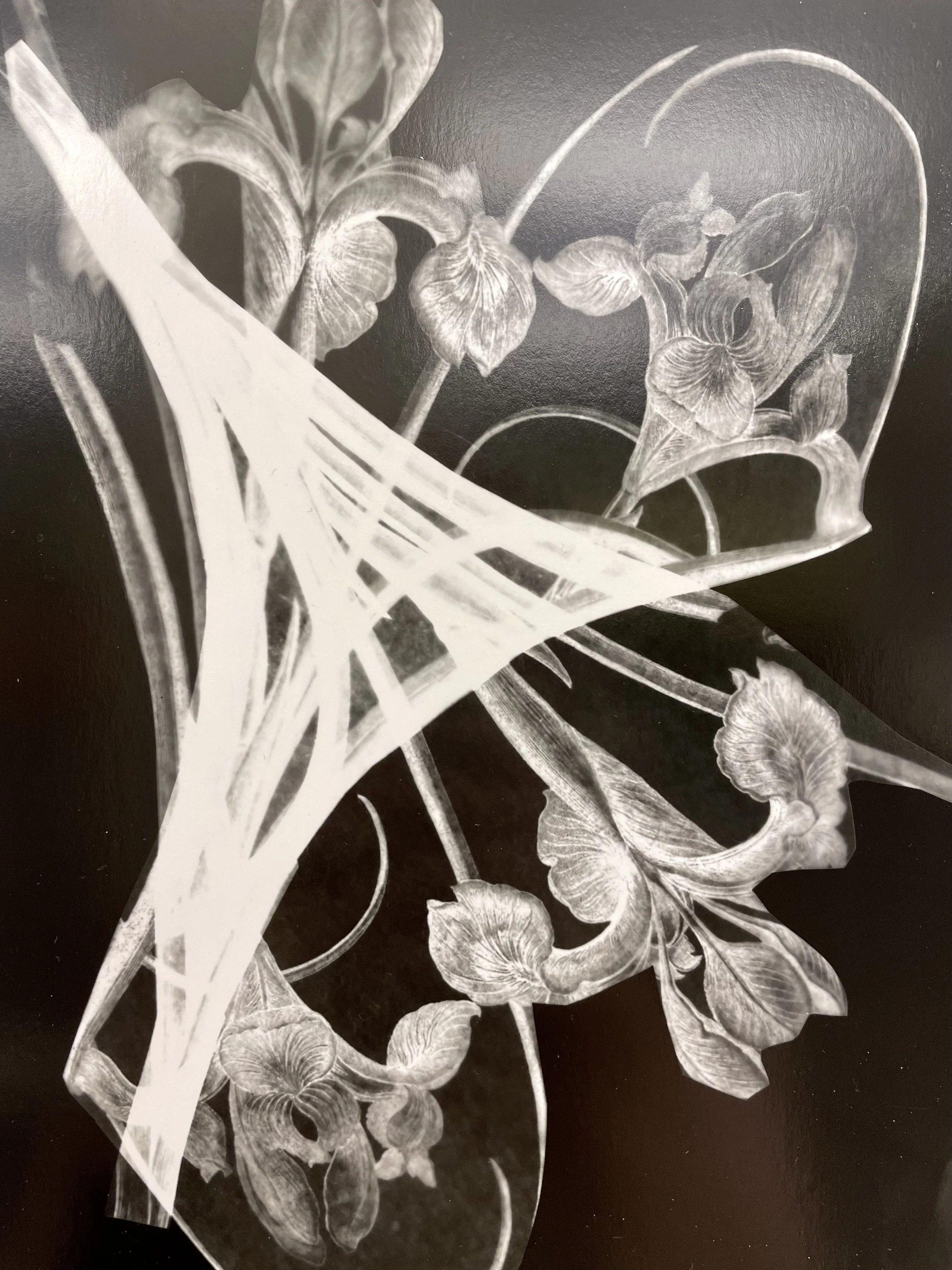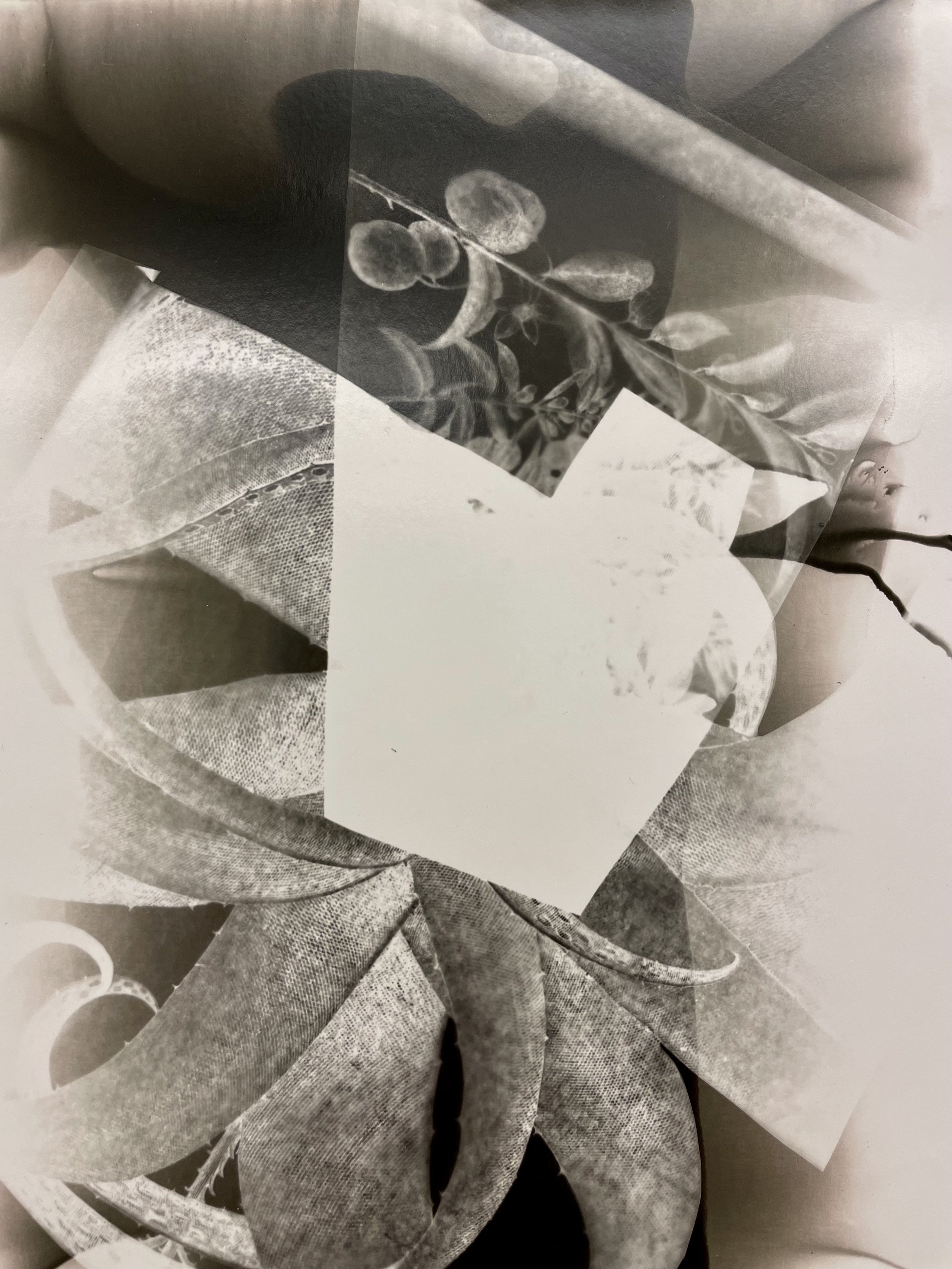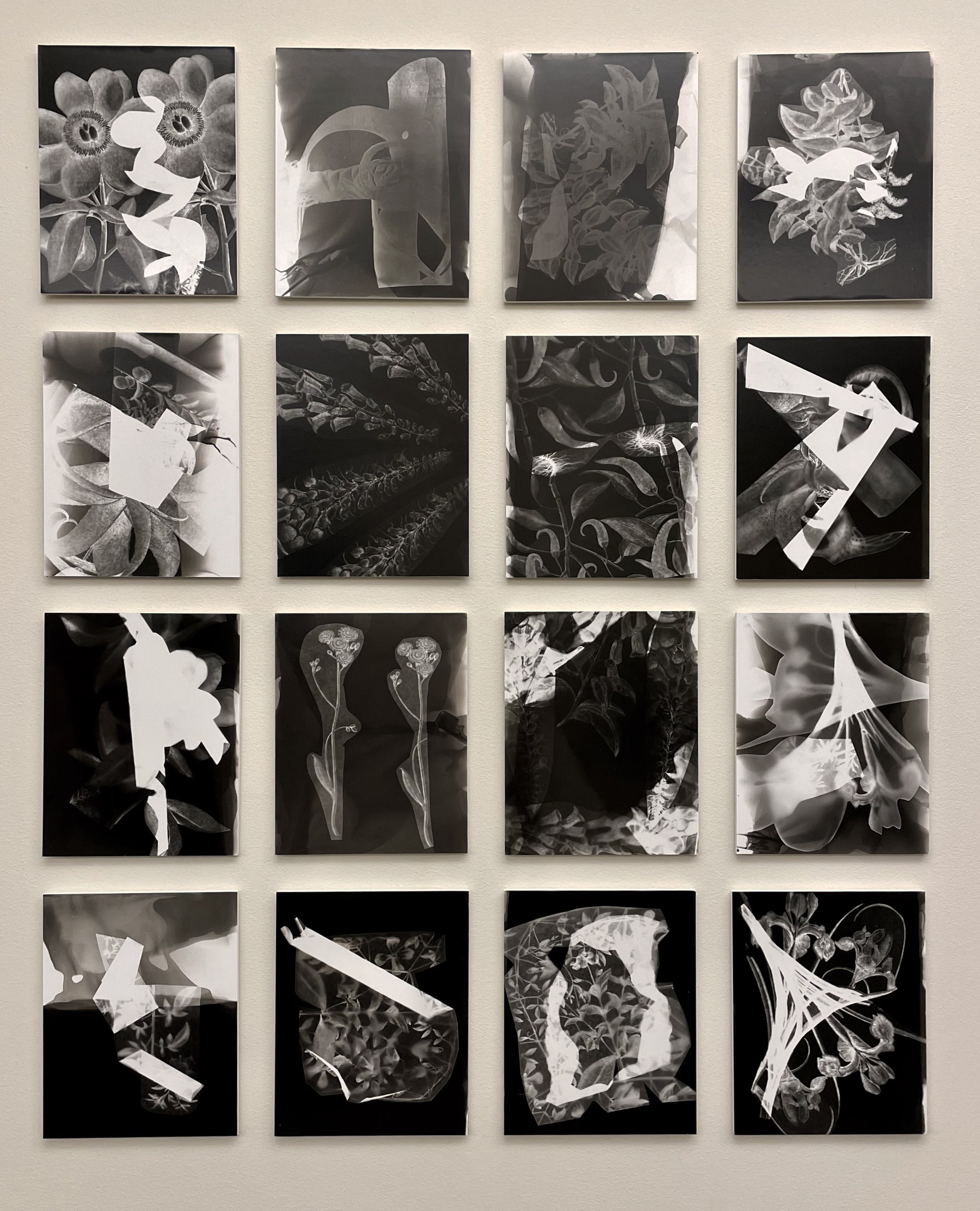STEPHANIE BENASSI: MONEY, BEAUTY, RANK
/STEPHANIE BENASSI
MONEY, BEAUTY, RANK: THE MEASURE OF ALL THINGS
JULY 14 - OCTOBER 9, FENWICK GALLERY
Upcoming Events:
Stephanie Benassi; Money, Beauty, Rank: The Measure of All Things, is a solo exhibition of the artist’s recent collage and assemblage based works. Using fashion magazines, photogram techniques and paper, the work in the exhibit explores the intersection of representation, ornamentation, and beauty in history, media, and design.
Money, Beauty, Rank is co-organized by Stephanie Grimm (Art Librarian and Fenwick Gallery Manager) and Chen Bi (Fenwick Gallery Graduate Assistant & MFA student).
Because textile trading was so widespread by the mid-seventeenth century, the constant interchange of exotic design motifs, fibers, and dyes between these now interconnected markets brought into being, for the first time, a common visual language of design that was recognized throughout the world.
—Amy Elizabeth Bogansky, “Interwoven Globe”
Urns (2022) presents 32 collages on watercolor paper in which the fragmented images of women, jewelry, and luxury products are mixed with silhouettes of urn forms to create hybrid figurative emblems. The urn is both a common vessel used for plantings, holding liquids, and other household or architectural functions but also carries a symbolic role as a funerary object containing ashes of the deceased or incorporated into cemetery designs.
For Benassi’ the urn/women emblems represent a collective death of agency for American women in light of the recent Supreme Court decision overturning the precedent of Roe vs. Wade and effecting every woman’s right to bodily autonomy. The collages of women represented here are literal objects or beautiful containers. Although individually they may register as comical, whimsical, and desirable, like some perfume containers or costume jewelry, when seen in a gridded mass, like headstones or statuary in a cemetery, they also provoke feelings of vulnerability, mortality, and dispossession.
All is for the best (2021) is composed of square collages arranged with fragments of imagery cut from luxury high-fashion magazines and interspersed with geometric shapes of red paper. The 12 collages are unified into a gridded composition with a shimmering backing of silver fabric and embellished with jewelry chains and tassels. The works’s layered iconography combines elements reminiscent of the “mood” or “vision” boards used in the development of interior decorating schemes and advertising campaigns. The collaged composition suggests symbolic ranking motifs of military uniform and the dynamic geometries recall early 20th century constructivist design. In mixing the aspirational motifs of luxury goods, military uniforms and the visual language of the avant-guard, Benassi is putting forth a shaded critique of the way the economies of desire militantly reinforce the status quo and use the desire to accumulate more beauty as the most noble of ideals.
The title, All is for the best, refers to Volaire’s Candide (1759). Candide is a satire that ridicules religion, armies, and government institutions of the time and is a skeptic’s view of the limits of optimism in the face of institutional corruption or ethical bankruptcy. The phrase, “all is for the best” directly refers to the character Dr. Pangloss, a self-proclaimed optimist who teaches his students that they live in “the best of all possible worlds” and that “all is for the best.” The character’s faith in the status quo is an ironic critique of the obvious failures of his society’s state of affairs.
American Woman (2021) presents a collage featuring the face of Meghan Markle affixed to a strange body suggesting a Mermaid and with an enormous wig like structure. Historically myths about mermaids and sirens were associated with shipwrecks, bad storms and ocean disasters. In contemporary tabloids the American actress Meghan Markle is often characterized in a similar role for supposedly leading England’s prince Harry astray from his royal duties and the traditions of the crown.
The piece’s title, American Woman, is taken from Canadian band The Guess Who’s song “American Woman” whose lyrics were about the dangers of being with an American woman. The collage is displayed on a satiny blue fabric that can be seen as a symbol of royalty and also as a visual analog of “the pond,” or Atlantic Ocean, across which Meghan and Harry fled to the US to avoid the scrutiny of the British tabloids. Unlike Charles and Diana where the British media created a public that yearned for the marriage to work at all costs, the tabloid machine now desires Harry to leave Meghan and reclaim his royal role and duties and come back to to his senses. This characterization reanimates a long history of sexist depictions marriage in which the woman’s role is portrayed as demonic, monstrous, or supernatural while the celebrated man is regularly characterized as virtuous and noble.
Gathering (2022) consists of photograms printed from reproductions culled from the 1613 botanical publication, Florilegium by botanist Basilius Besler. The photogram method produces ghostly negatives from the black and white positive prints. By cutting, overlaying, recombining the plant imagery, Benassi upends the original intent of the prints as scientific recordings of prime examples of various species, obscuring their instrumental or decorative functions. Through the provisional and experimental photogram process the botanicals take on almost occult appearance which visually aligns them with the sometimes ritual, apothecary, and spiritual function of plants in the early-modern period.
The title, Gathering, references the age of exploration desire to collect examples of plants throughout the world for scientific knowledge in the service of economic exploitation, medicinal applications, and expansion of empires. It also is a reference to the idea of an occult gathering. In Bressler’s era many still believed the existence of witches gathering together in the shadows and using their powers over the natural world to corrupt, deceive, and undermine patriarchal order. Labeling and categorizing are elemental functions of power and domination, extending to both identifying the useful and exemplar parts of the natural world and rounding up and weeding out the deviant, irrational, or unsanctioned practices and individuals in the social realm.
About the artist
Stephanie Benassi (Asst. Professor, School of Art) is a conceptual artist working primarily with photography. She uses photographic images and processes to conceptually engage the contradictions, limitations, and material conditions inherent to the photographic medium. Specific research, travel, and tactile experimentation are developed into gallery installations that incorporate a range of materials and methods including documentary photographs, chemical process-based works, collages, and sculptural elements that together create complex visual and material experiences. Her work draws from a diverse photographic vocabulary and an engagement with the medium’s various historical trajectories in genres such as landscape, forensics, Victorian memento mori, occult, and camera-less photography. Through these diverse refences, materials, and stylistic elements, Benassi investigates the ways in which the material conditions and specialized languages of the photographic medium shape our relations to history, power, and the production of images.
Benassi’s work has been featured in numerous solo and group exhibitions at venues including the Virginia Museum of Contemporary Art, New Image Gallery at James Madison University, Full Circle Gallery (Baltimore, MD), Gallery B (Bethesda, MD), Decker Gallery at Maryland Institute College of Art, and 1708 Gallery (Richmond, VA). She was selected as a finalist for the 2020 New Waves exhibition at Virginia Museum of Contemporary Art and the 2019 Bethesda Urban Partnership’s Trawick Prize. Her art work has been featured on Artworks “Pop-Up Exhibitions” for Maryland Public Television / PBS. She has participated in artist residencies including Vermont Studio Center and Virginia Creative Center for the Arts. Benassi holds an MFA in Photography and Film from Virginia Commonwealth University and a BFA in photography from University of Massachusetts Dartmouth.
With over a decade as an instructor at Mason, Benassi teaches a wide range of studio courses and seminars, including beginning and advanced digital and darkroom photography, introduction to New Media, Professional Practices, and Visual Thinking.
Benassi is currently based in Linden, VA, where she lives with her husband and son.
Fenwick Gallery is located on GMU’s Fairfax campus, and is open during Fenwick Library hours. Visit library.gmu.edu for the most up-to-date information.


